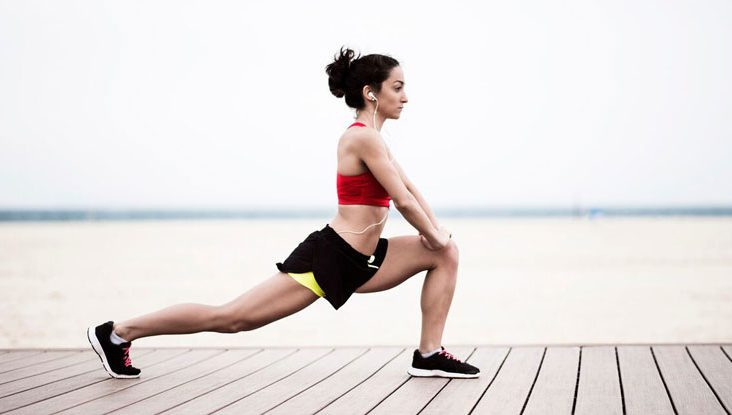
Osteitis Pubis or Footballers Groin – The Causes and Treatment
Osteitis Pubis (or Footballers Groin) is a painful condition that will be felt deep in the groin and pelvis region during exercise and can become quite debilitating, resulting in an extended time away from sport and exercise.
It is commonly found amongst sporting populations that involve a lot of turning or directional and pace change that contributes to overload through the pubic bone at the front centre of the pelvis, but will also often involve the surrounding soft tissues such as the tendon and muscles. A lot of research overseas has been focused on the sport of soccer due to an estimated incidence of 10-20% of injuries related to Osteitis Pubis, but here in Australia, it seems to occur more in our Aussie Rules player population.
Causes of Osteitis Pubis
Overuse due to high demand and muscle imbalances due to weakness through the core and gluteal muscles seem to be the main contributor to the development of Osteitis Pubis, similar to how biomechanical factors can contribute to bone stress through the lower leg in runners with shin splints. As a result, it is important to be properly assessed to effectively treat this condition as there may be several contributing factors that have led to the development of this condition.
Osteitis Pubis Treatment and Assessment
Patients with Osteitis Pubis often describe a deep dull ache through their groin with activity and can often be felt through one hip but in some cases, both hips.
Having an accurate diagnosis is very important to rule out any other issues that may be coming from the hips, pelvis or lower back, as well as to assess any other muscle imbalances coming from the gluteals and thigh muscles, pelvic or lower back stability, and hip range of movement that can contribute to osteitis pubis. It is also very important to review and adjust the level of activity or training to ensure an optimal recovery.
This is where your physiotherapist will help to decipher which of these factors are contributing to your presentation of groin pain. A load management plan will be designed to effectively manage the condition. This may initially begin with soft tissue therapy to reduce pain and help restore range of movement and function, then progressing to a graduated strengthening regime which will start with very simple strength exercises and progress to more sport-specific tasks and training.
The good news is that for the majority of athletes this approach is effective within 4-12 weeks depending on severity, and may reduce or eliminate the need for any other procedures like surgery, which would result in further time away from sport and exercise.
If you need help with pain or immobility to get you moving again, or need a tailored exercise program, book in for your treatment with one of our physios or exercise physiologists via 1300 012 273 or head to our website and book a session at your nearest clinic.
